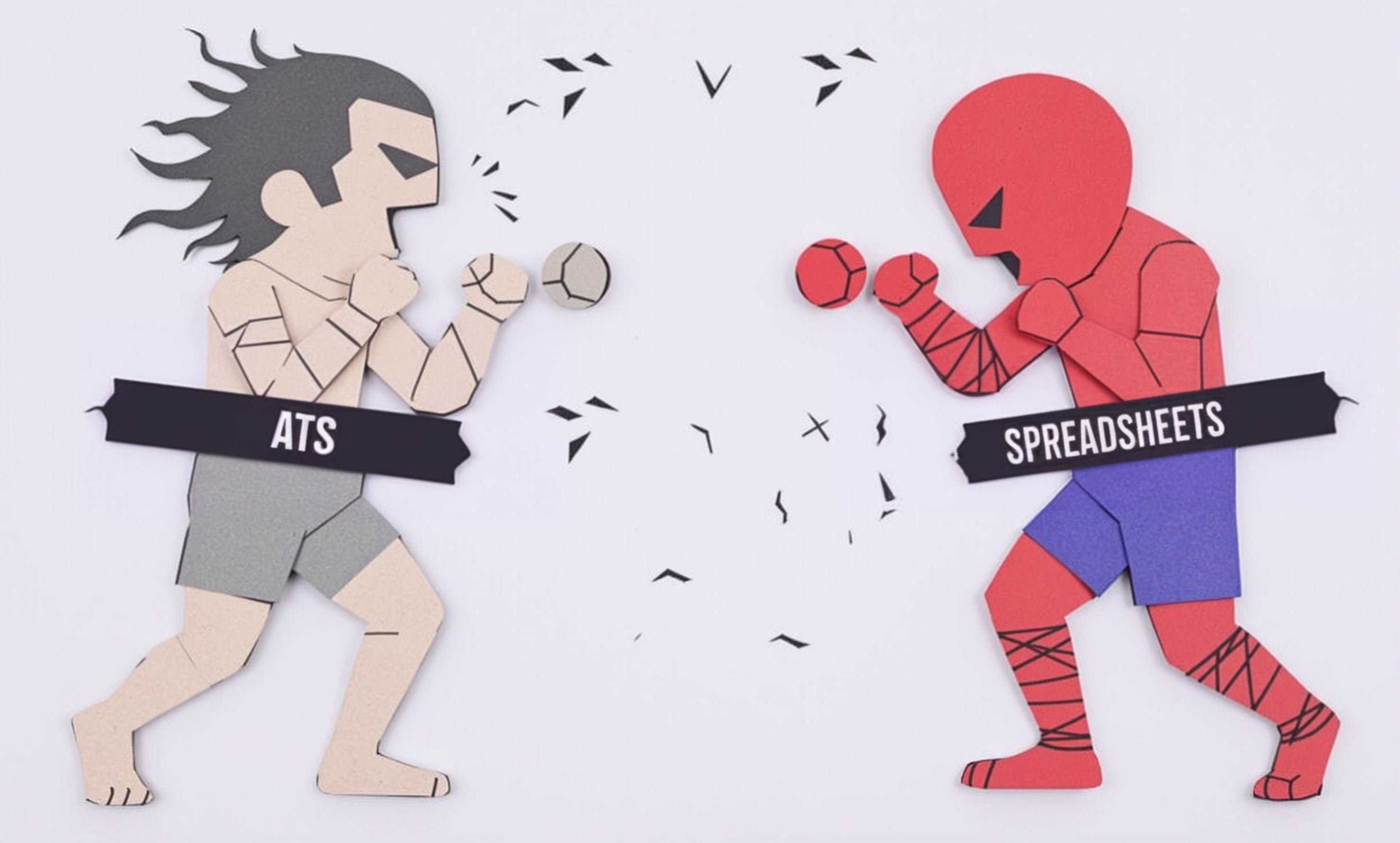
S-Log
S-Log is a special way of recording video that professional videographers and filmmakers use. Think of it like a camera setting that captures more detail in both bright and dark areas of a scene, similar to how the human eye sees things. This gives editors more flexibility to adjust the look of the video after filming. It's most commonly used with Sony cameras, but the concept (often called 'log profiles' or 'flat profiles') exists in other camera brands too. When someone mentions S-Log in their resume, it shows they understand professional-level video recording and color editing techniques.
Examples in Resumes
Filmed corporate events using S-Log for enhanced post-production flexibility
Color graded S-Log footage for multiple commercial projects
Trained junior videographers in proper S-Log shooting techniques
Typical job title: "Videographers"
Also try searching for:
Where to Find Videographers
Online Communities
Professional Networks
Learning Resources
Example Interview Questions
Senior Level Questions
Q: How do you decide when to use S-Log versus standard profiles on a project?
Expected Answer: A senior videographer should explain how they consider factors like project timeline, client needs, lighting conditions, and delivery format when choosing recording profiles. They should mention the extra time needed for S-Log processing and when this investment is worthwhile.
Q: How do you handle S-Log footage in challenging lighting conditions?
Expected Answer: Should demonstrate understanding of exposure techniques, using external monitors, and how to protect both highlight and shadow details while shooting. They should also mention backup strategies and testing procedures.
Mid Level Questions
Q: Explain your process for color grading S-Log footage.
Expected Answer: Should be able to describe a basic workflow for converting S-Log footage to a final look, including exposure adjustment, color correction, and creating consistent looks across multiple clips.
Q: What's your approach to exposing S-Log correctly while filming?
Expected Answer: Should explain basic exposure guidelines for S-Log, using tools like zebras and histograms, and how to maintain proper exposure in changing conditions.
Junior Level Questions
Q: What is S-Log and why is it used?
Expected Answer: Should be able to explain in simple terms that S-Log is a way to capture more detail in videos, making it easier to adjust the look in editing, even if they're still learning the technical aspects.
Q: What basic camera settings do you use with S-Log?
Expected Answer: Should know the minimum ISO requirements and basic camera setup for S-Log, even if they need guidance with more advanced settings.
Experience Level Indicators
Junior (0-2 years)
- Basic understanding of S-Log recording
- Simple color correction techniques
- Camera operation fundamentals
- Basic editing software knowledge
Mid (2-5 years)
- Proper exposure techniques for S-Log
- Advanced color grading skills
- Multiple camera system experience
- Efficient workflow management
Senior (5+ years)
- Complex lighting scenario management
- Advanced color grading and look development
- Team supervision and training
- High-end production workflow expertise
Red Flags to Watch For
- No understanding of basic exposure principles
- Unable to explain color grading workflow
- No experience with professional editing software
- Lack of knowledge about different S-Log versions
- No backup strategies for footage
Related Terms
Need more hiring wisdom? Check these out...

Why Your Hiring Spreadsheets Are Secretly Sabotaging Your Recruitment

Navigating Compliance: Structuring On-the-Job Training in Regulated Industries

Workforce Solutions Aggregators: The Next Big Thing You Didn't Know You Needed

